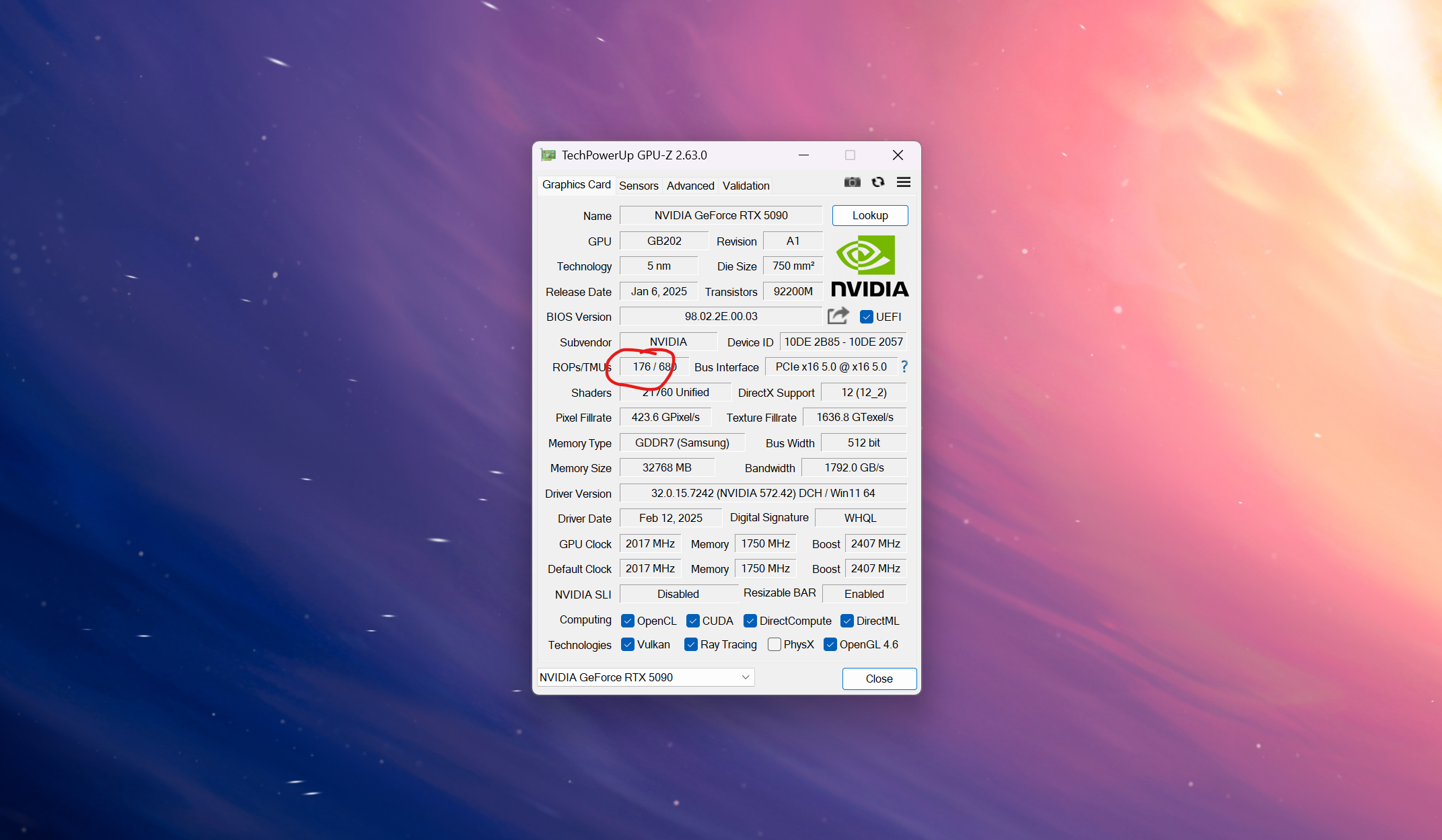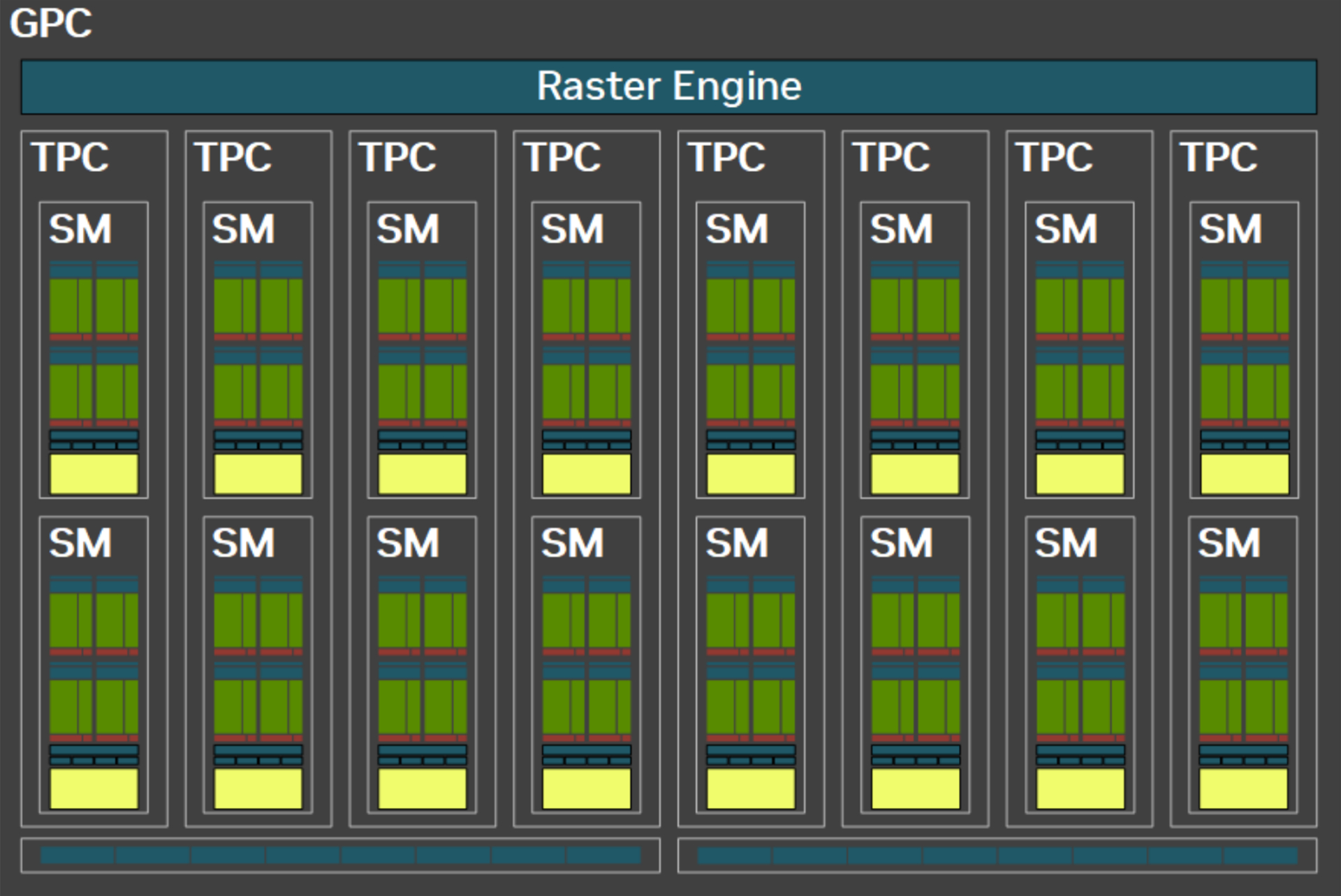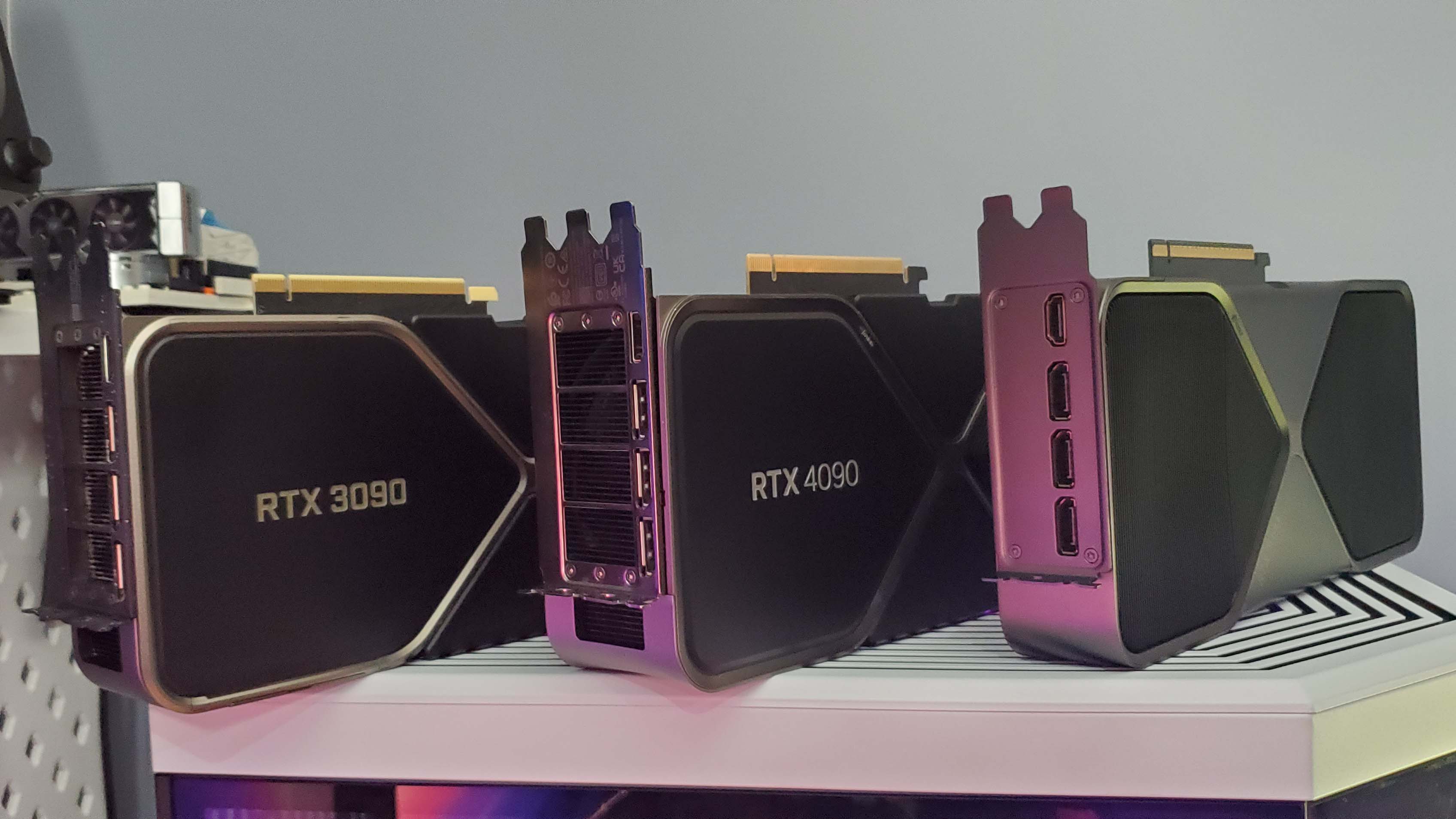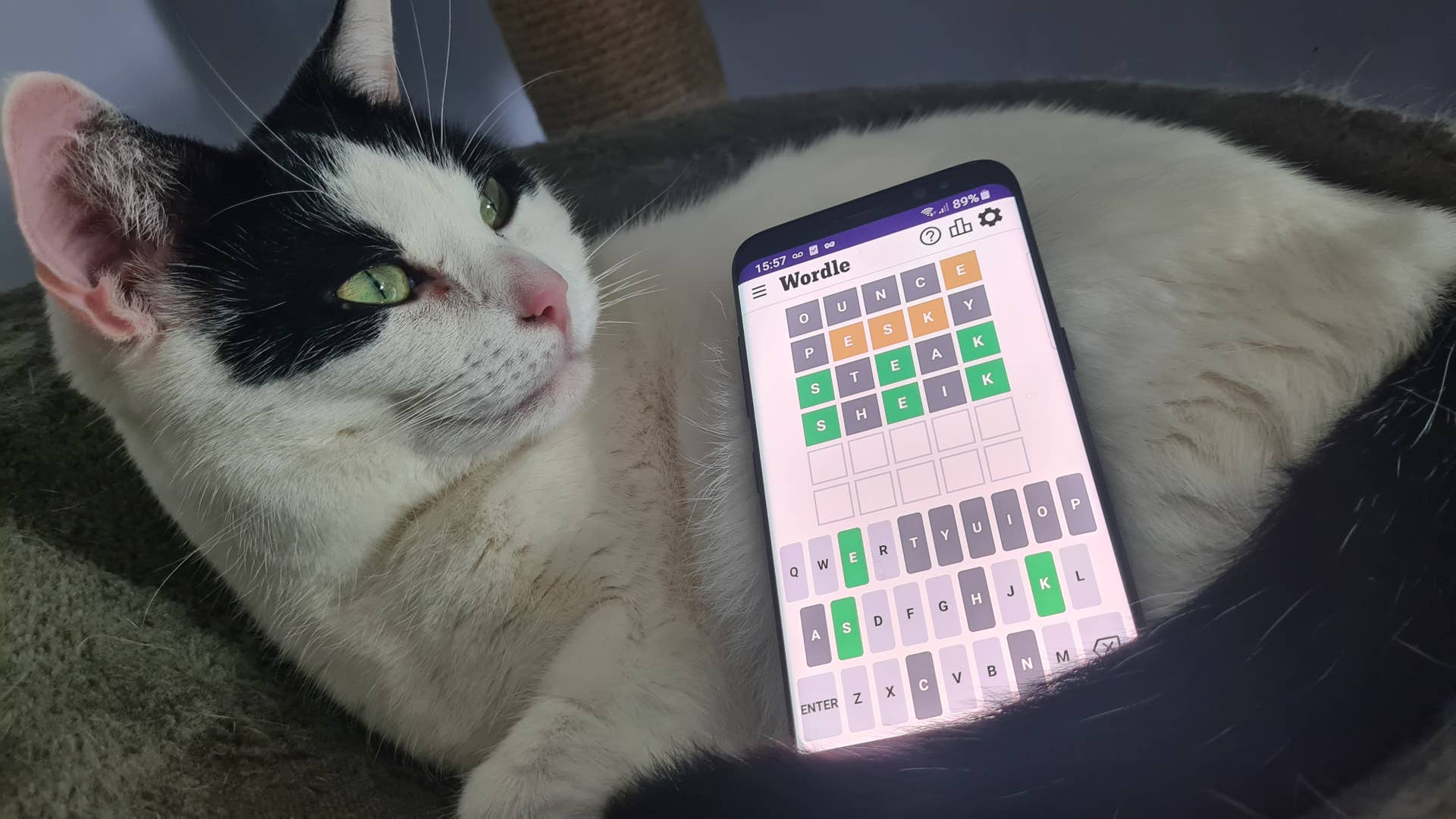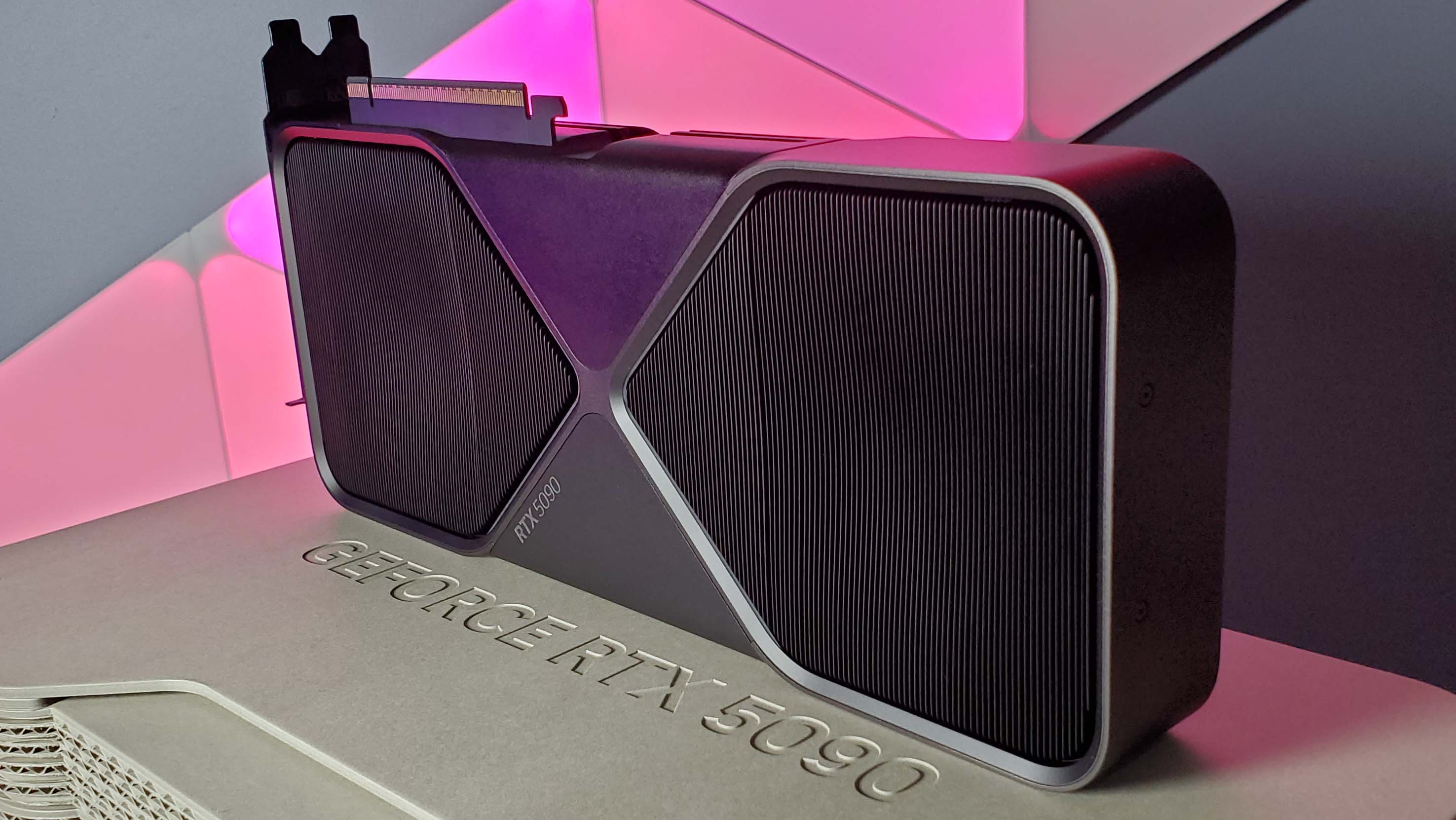
Blackwell is rapidly becoming Lackwell, if you ask me.
Nvidia’s latest gaming GPU, the RTX 50-series, hasn’t enjoyed a flawless launch. With high prices, low stock, and concerns over melting connectors, black screens, and unstable cards, it’s transpired over the weekend that there is one more thing to fret about: does your Blackwell GPU have its full complement of ROPs?
The discovery of the missing ROPs was first reported by TechPowerUp, which relayed a post by one of its forum users. That person noticed their new RTX 5090 showed it only had 168 ROPs instead of 176. TechPowerUp then checked one of its 5090 cards and discovered the same issue and it also happened to be a card that performed slightly worse than other models when tested.
Render output pipelines, or raster operation pipelines, render backends, render output partitions, or just ROPs for short, are fundamental units in every GPU. Think of them as specialised load/store units that read and write pixel information into a graphic’s card VRAM. They also handle operations such as blending and certain types of antialiasing.
Prior to its Turing architecture, ROPs used to be directly attached to a slice of L2 cache and a memory controller, but these days, they’re embedded within discrete sections of the GPU called GPCs (graphics processing clusters). In every GPC, you’ll find two banks or partitions of eight ROPs, for 16 in total.
An RTX 5090 comprises 11 GPCs so it should have 11 x 2 x 8 = 176 ROPs. Likewise, an RTX 5080 and RTX 5070 Ti, with 7 and 6 GPCs, will have 112 and 96 ROPs respectively. Except for those unlucky few who have bought a shiny new Blackwell GPU that has one ROP partition disabled.
As more reports about RTX 50-series cards with missing ROPs began to appear over the weekend, The Verge contacted Nvidia about the issue and was told that: “We have identified a rare issue affecting less than 0.5% of GeForce RTX 5090 / 5090D and 5070 Ti GPUs which have one fewer ROP than specified. The average graphical performance impact is 4%, with no impact on AI and Compute workloads. Affected consumers can contact the board manufacturer for a replacement. The production anomaly has been corrected.”
If you have recently picked up a Blackwell GPU, and it’s not showing the right ROP count, then you have one of two options: Request an RMA from the card’s manufacturer or accept the performance loss and keep the card.
How to check your graphics card’s ROPs
If you’re wondering exactly how to check the ROP count in your graphics cards, the easiest way to do this is to use GPU-Z from TechPowerUp. This tool directly polls hardware information from the GPU itself, so the information will be 100% correct.
Download the tool, install or run it directly, and then let is start up to its default tab—this shows all of the hardware specifications of the GPU in your graphics card. If you have several GPUs in your gaming PC, you might need to select the right one in the drop-down menu at the bottom of GPU-z.
In the image above, the ROP count has been highlighted and as you can see, our RTX 5090 sample has the correct number of ROPs:
- RTX 5090 = 176 ROPs
- RTX 5080 = 112 ROPs
- RTX 5070 Ti = 96 ROPs
If you do keep the card, how much of a performance loss you’ll need to put up with will depend entirely on where a game’s performance is most limited within a GPU. If it absolutely hammers the use of async shaders, then eight missing ROPs won’t be missed. However, the less compute-based a game is then the more likely there’s going to be a noticeable performance hit.
In terms of final raster operations performance, an RTX 5090 with eight missing ROPs will be 4.5% slower, whereas an equivalent RTX 5080 and RTX 5070 Ti will be 7% and 8.3% slower respectively. However, if there’s a lot of blending taking place, the performance drop could be lower still.
I must admit that this is the oddest GPU manufacturing error I’ve seen in a long, long time. Nvidia doesn’t disable ROP partitions for its different graphics card SKUs—it either uses all of the GPCs (and therefore all of the ROPs) in the chip, and just disables blocks of shader cores here and there, or it deactivates an entire GPC.
Best CPU for gaming: The top chips from Intel and AMD.
Best gaming motherboard: The right boards.
Best graphics card: Your perfect pixel-pusher awaits.
Best SSD for gaming: Get into the game ahead of the rest.
That means there should be no mechanism or procedure by which a ROP partition can be disabled. The fact that this has clearly happened though just makes me wonder how such a thing could happen in the first place. There’s also a question as to why Nvidia isn’t polling for correct hardware figures on every GPU it sells. After all, each one is checked during the packaging process to ensure that it works correctly.
Graphics card manufacturers do test their products to ensure they’re fully functional before shipping them out but the tests are clearly not comprehensive enough. And they do need to be better because (a) these cards are very expensive and (b) the current supply cannot keep up with demand. If you have an RTX 50-series card with missing ROPs and you return it to the vendor, you might not get an immediate replacement.
Assuming Nvidia’s figure of 0.5% is correct, then it’s essentially just rotten luck to spend a huge chunk of money on a GPU, only to find that it isn’t fully working, but rotten luck seems to be Blackwell’s theme at the moment. Let’s hope the rest of the RTX 50-series launch is trouble-free.
